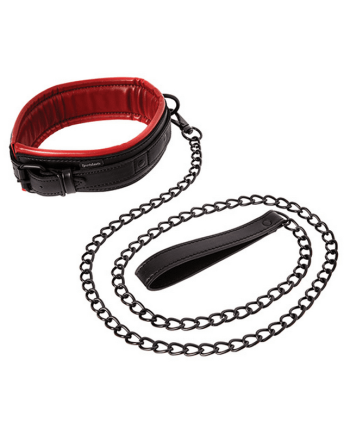Description
Engage in the dominant (or submissive) game of bondage and dive into a whole new exciting world with this strong Japanese inspired rope.
Features:
- 10 meter (32.8 feet) long rope in sensuous, silky smooth and easy to clean
- Materials – 40% polyester + 60% cotton
Common injuries to avoid: Regardless of the rope’s material, incorrect technique or placement can lead to serious injuries. The most common issues include:
- Nerve compression: Tying a rope too tightly over a nerve can cause numbness, tingling, or pain. The radial nerve in the upper arm is especially vulnerable during suspension ties.
- Circulation issues: Restricting blood flow can cause extremities to feel cold or turn blue. While the body can usually tolerate reduced circulation for a short time, it should be addressed promptly.
- Rope burns: Friction from the rope sliding over the skin can cause abrasions and burns. This is more likely to happen during hasty tying, untying, or with rougher ropes.
- Musculoskeletal injury: Holding a body in a strained or unnatural position for too long can lead to muscle cramps, sprains, and joint stress.
- Asphyxiation: Placing rope around the neck or restricting breathing in certain positions can be life-threatening.
Safe bondage practices: To minimize risks and ensure a positive experience, practice the following safety measures:
- Communication is key: Establish and use a “safe word” and check in frequently with the person being tied to make sure they are comfortable and not experiencing any negative effects.
- Learn and practice knots: Do not use collapsing knots, such as slip knots, that tighten under tension and can cut off circulation. Practice knots on yourself or an inanimate object first.
- Mind sensitive areas: Avoid tying over major nerves, veins, and joints, such as the armpits, inner elbows, wrists, and behind the knees.
- Monitor circulation and sensation: Regularly check extremities for normal color, temperature, and feeling. Use the pinch test by pressing a fingernail until it whitens; the color should return in under two seconds.
- Stay hydrated and rested: Proper hydration and nourishment can help prevent fainting or exhaustion during play.
- Keep safety shears nearby: In the event of an emergency, have safety shears with rounded tips easily accessible to cut the rope and release the person quickly.
- Take it slow: Start with simple ties and lower-risk positions. Only progress to more complex ties, like suspensions, after gaining experience and practicing proper safety protocols.





